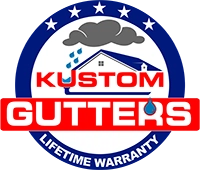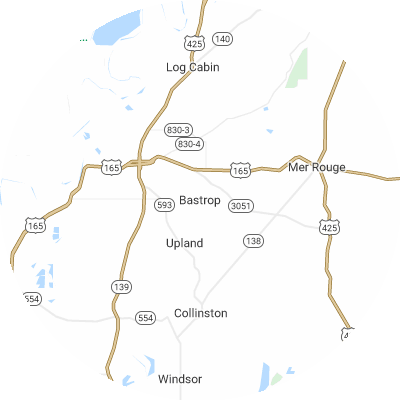Signs You May Need Gutter Guards
Gutter guards aren’t always necessary, but symptoms of overflowing and clogged gutters are clear. Here are some signals of chronic gutter issues:
- Visibly damaged, sagging, or misaligned gutters that no longer direct rainwater correctly
- Mold growth, interior wall stains, or peeling exterior paint on walls near gutters.
- Leaky joints or seams where water leaks from the gutters
- Soggy ground or visible erosion patterns around your house's foundation
- Frequent clogs that cause overflow and water to spill over gutters
How To Choose a Gutter Guard Installer
Assess Their Experience
The right installation company will have extensive experience, including many years in business and experience with numerous brands and models. Experienced companies can properly take measurements and fit gutter guards to meet your distinct needs. Inquire about how long a company has been doing installations and request referrals from nearby customers.
Verify Proper Licensing and Insurance
Check that the providers you're considering have valid licenses, bonds, general liability insurance, and workers compensation coverage. This protects you in case of any injury or accident that could arise. Ask potential providers for current licensing and insurance papers.
Choose Reputable Brands
Seek out companies that carry leading reputable gutter guard brands such as Gutter Helmet and LeafFilter. Be wary of companies only offering generic no-name or their own off-brand guards, as these likely lack the rigorous testing of larger brands.
Seek Custom Fit Services
For the best performance, guards should be sized and trimmed on-site to fit your gutters. Pick a company that custom sizes and cuts guards for your home rather than using one-size-fits-all guards. Properly fitted guards minimize gaps where debris can get trapped.
Examine Warranties
High-quality gutter guard companies often offer 20-year or lifetime warranties that cover rust, leaks, clogs, and other defects. Before choosing a provider, look into its warranty terms on workmanship and materials guarantees. Warranties are the most effective way to protect your investment into your gutters.
Check Reviews and Referrals
Be sure to check online reviews on Yelp, the Better Business Bureau (BBB), Google Reviews, and other review sites to learn about customer experiences. Ask neighbors to recommend quality local gutter guard companies. When researching providers, it's best to select companies with a track record of consistently good feedback instead of just one or two reviews.
Types of Gutter Guards
There are six primary gutter guard types. These include the following:
- Foam guards are large pieces of foam that are placed in your gutters to stop debris. They're light and easy to install. Foam guards cost roughly $2.46 per linear foot.
- Brush guards are what they sound like: large brush bristles that sit in your gutters to catch debris while letting water through. Brush guards cost around $4.05 per linear foot.
- Screen guards have large holes that allow water through while stopping debris. On average, you can expect to spend $4.42 per linear foot for screen guards.
- Mesh guards have smaller holes than screen guards and similarly stop debris while letting water filter through. These guards are durable and allow debris to slide off rather than sit on top of your gutters. On average, you can expect to pay $4.16 per linear foot for mesh guards.
- Micro-mesh guards have even smaller holes than mesh guards and let even less debris into your gutters than mesh. These guards are very effective. On average, you can expect to pay $5.23 per linear foot for micro-mesh guards.
- Surface tension guards, also called reverse curve guards, use surface tension to encourage water to flow into your gutters while debris slides off. Generally, they are visible from the ground. Surface tension guards cost around $3.25 per linear foot.







